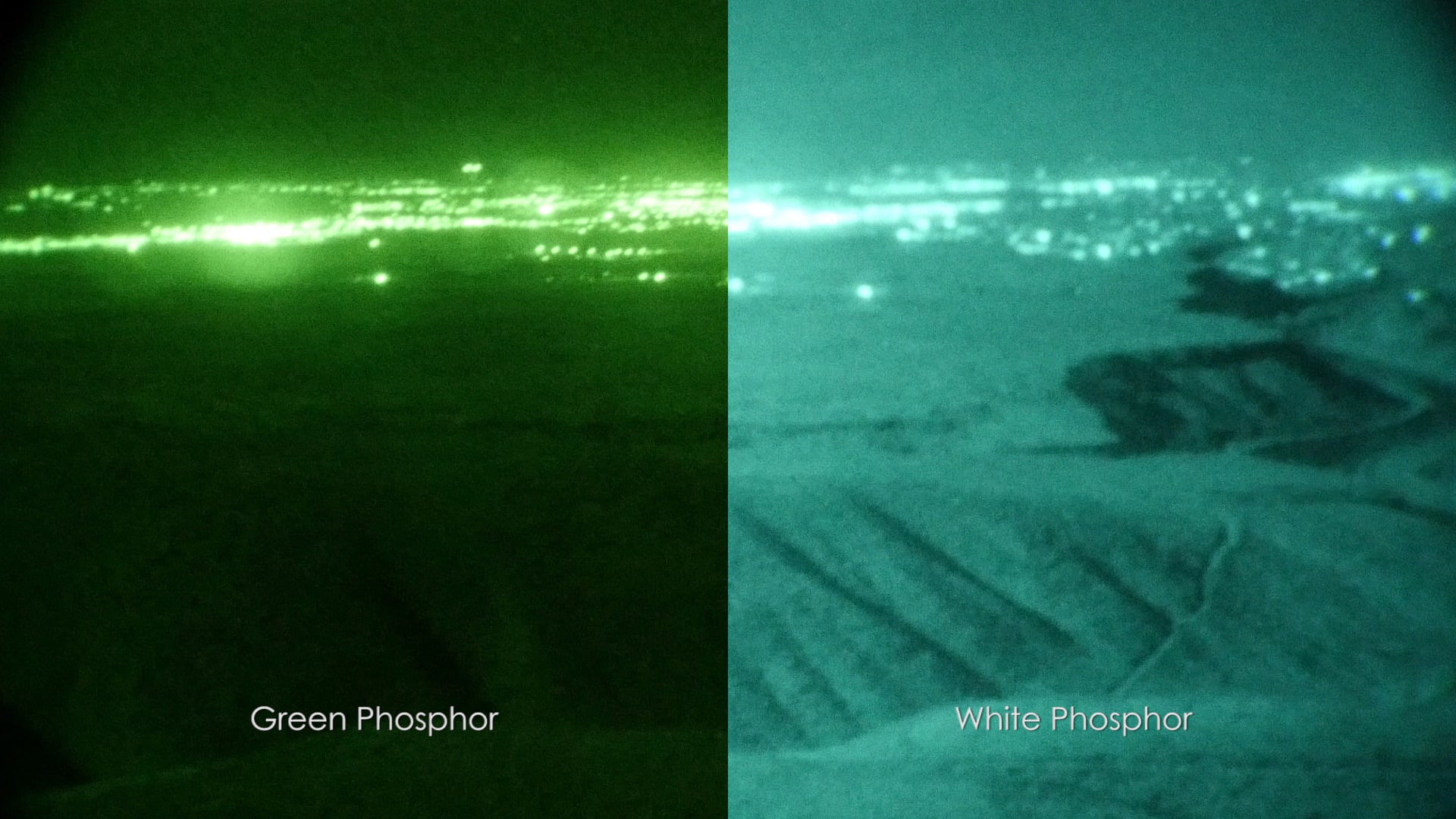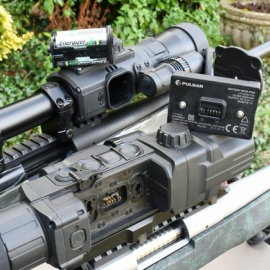
Vision is the most important way for a person to perceive the world because most information about what is happening around people is precisely visual. Nature has endowed us with the most complex and perfect organ for this – these are our eyes. However, their possibilities are also not limitless. The human eye perceives far from the entire spectrum of the optical radiation spectrum, but only a narrow part of it, the so-called visible part of the spectrum—the lower the illumination, the poorer the image quality. At first, we stop distinguishing the details of the object. Then we begin to miss the color and the exact shape, and so on until the possibility of making out only the vague outlines of tangible things. That is why a person becomes practically blind at nightfall.
In this regard, in the 30s of the 20th century, the first-night vision devices based on image intensifier tubes and later thermal imagers were invented.
What is NV technology?
Everything that we see appears as a reflection of solar or artificial rays from objects. There is no sun at night, but this does not mean that there is no reflection. In most cases, things are helped by the moon. Stars reflect light from clouds. In the absence of such, auxiliary illuminators are used. Visible light sources, such as under-barrel lights, make it easier to find but not disguise the hunter.
Night vision scopes catch even faint reflections and amplify them. The work is based on sensitive converters that convert photons into рan electronic or digital signals.
The green has a slightly better resolution than the white (when measured). The white will produce marginally better contrast than a comparable spec green tube. I find the improved difference more important for what you are using the goggles for (mostly maneuvering in a wooded area).
For a phosphor to glow green, much less energy is required than white. And for night vision devices, this is the main thing. Because the flow of electrons is not that intense, a green NVD will last longer than a white one.
I also cannot help but say that the human eye distinguishes, more specifically, green shades.
The white color significantly reduces eyestrain, and you can wear them without getting a headache. The green starts to bother after about 45 minutes.
As stated previously, if possible, try both WP and GP before spending the money. I have had the opportunity to use systems of comparable specs for extended periods and found the white worked better.
White is amiable yet comes at a premium – generally in between $ 600-1000 more for a comparable tube. Some people can see a little more contrast with the white phosphor, but similar tubes in each shade offer the same performance if you take a picture and transform it to black/ white. Tremendous pressures and numerous other army individuals request white on newest agreements. White is also a bit easier on the eyes if you use the tube for hours each time.
Having stated all of that, you need to ask if the extra cost deserves it to you personally? If you go environment-friendly, you can sink the money saved into installs, and a bump safety helmet, put it towards a great laser/ illuminator, or pay for a lot of an RMR handgun (which work much better with night vision). Consider the total price of the other components you need to make an overall evening firing configuration work and then decide how much to sink in each element.
All that has been claimed … still boils down to the individual preference of plenty of people. Absolutely nothing beats trying to use general practitioner and WP in person over a long period to see which phosphor shade everyone favors indeed. The physical/ neurological basis of WP advantages in detail, contrast, and tiredness are appropriate despite whether, yet remember that some people are born with even more of the same kind of photoreceptor than others. The same can be claimed for rods, as some usually taking place HBs in individuals are better than others so that genes might play a little bit of a function.


